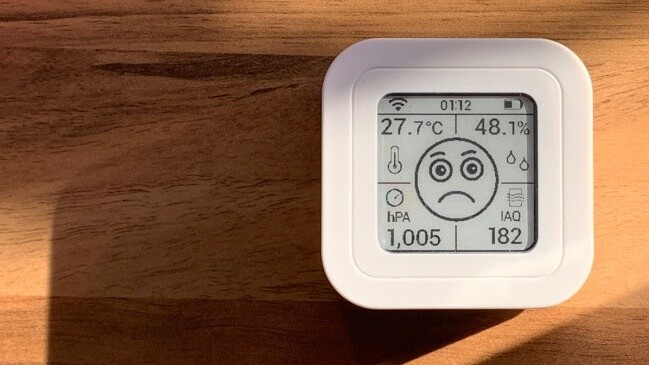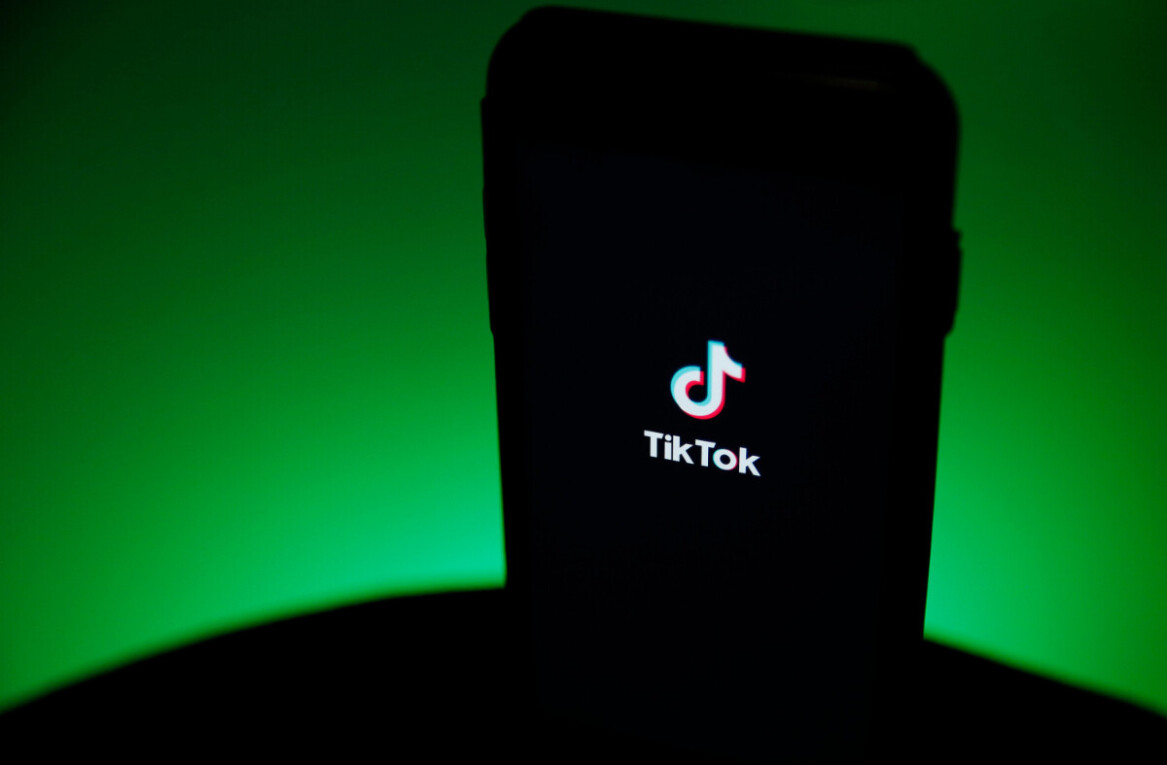
- Product
- WiCub2
- Price
- $100
Before I wandered – staggered, really – into tech journalism, I was a software developer. My first college internship was at a data science startup, where I spent my summer writing scrapers and learning how to convert clunky HTML tables into elegant spreadsheets that were ripe for analyzing. And although I don’t write much code nowadays, I still get giddy about handling data. This ethos has bled into my journalism career, in a weird way.
I’ve got a natural pre-disposition to open systems. If an app or physical product lets me control my own data, I’m far more likely to look more favorably upon it. That’s equal parts the product of some Stallman-esque philosophy, but also because at heart, I’m a nerd. I like to tinker.
On that note, meet the WiCub 2. This small device lets you measure the quality of the air in your bedroom or office. It’s got a small e-ink screen that gives you the pertinent details, like temperature, humidity, pressure, and the indoor air quality. If your room is particularly stuffy, it’ll nudge you to open the window with an unhappy emoji. It is, after all, 2019.
The WiCub 2 is a touch bigger than a box of raisins. It comes with a 40 day battery. Connect it to your home network and it’ll email you regular updates or provide you the hard data through a JSON interface. Although there isn’t a full API, you probably don’t need one. It’s really straightforward to integrate the data into your own application. The sole two components you need are something to download the file (like Python’s Requests library) and something to actually parse the JSON data.
At £100 (about $125, give or take the Brexit news cycle), it’s slightly more expensive than the arguably more capable Airthings Wave Mini. But it’s also not tied to a cloud service that might not exist in a few years time.
In general, I’m pretty cynical about the Internet of Things. I worry about the vanishingly short longevity of most devices. I don’t like how a someone can flick a switch and make people’s expensive computerized gadgets stop working, like Google did with Revolv. I struggle to understand how, in a tech landscape that’s populated with open standards, smart devices have a shorter lifespan than their “dumb” counterparts.
But then I see things like the WiCub 2, and realize there’s a better, more sustainable way to do IoT. And that’s to give users as much control as possible, while simultaneously divorcing it from complicated and short-lived cloud services.
I should note I’ve used the previous model. Mesh-Net, the developer, mailed me a unit circa 2017, although I didn’t quite get around to writing a full review. You can blame that on the frenetic madness of getting married. That said, I remember being distinctly impressed by the device.
The follow-up, the WiCub 2, is currently being crowdfunded on IndieGogo. If you’re tempted to back the project and get a device, you can do so here – albeit with the obligatory warning that crowdfunding campaigns always come with risk ringing in your ears.
Get the TNW newsletter
Get the most important tech news in your inbox each week.





